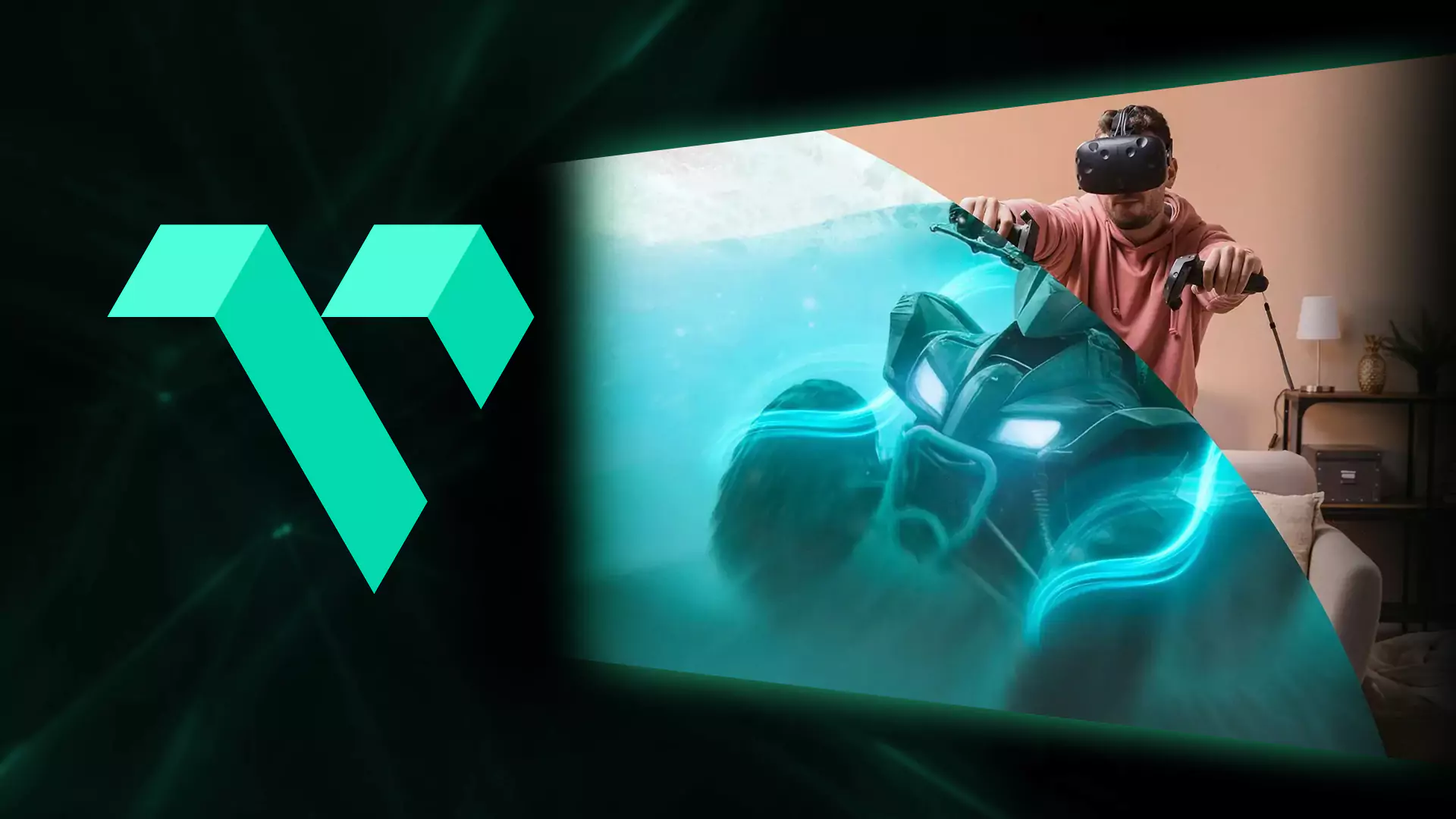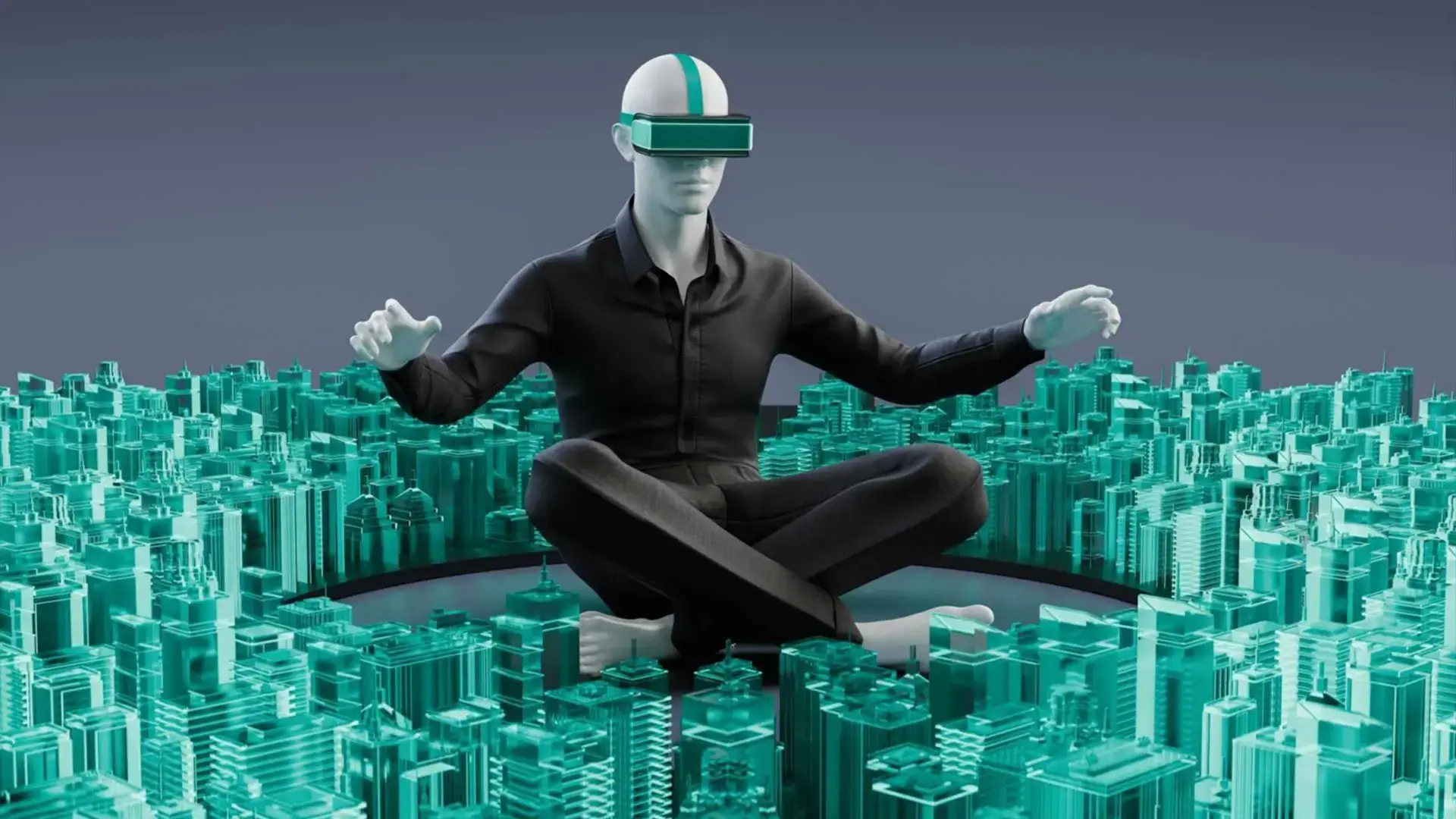


In the realm of technology, the convergence of Augmented Reality (AR), Virtual Reality (VR), and Blockchain marks a pivotal moment in shaping the future of immersive experiences. These three technologies, each powerful in its own right, are coming together to create new possibilities that transcend traditional boundaries. In this exploration, we delve into the exciting intersection of AR, VR, and Blockchain, examining how they are revolutionizing industries, redefining user experiences, and shaping the landscape of virtual environments.
Augmented Reality, the technology that overlays digital information onto the physical world, is poised to transform how we perceive and interact with our surroundings. From smartphone apps to wearable devices like AR glasses, AR development rapidly expands its reach across various sectors.
In AR environments, users can experience seamless integration of virtual objects into their real-world surroundings. One of the critical applications of AR is in digital marketing and retail. Imagine trying on virtual clothing or visualizing furniture in your living room before purchasing. AR enhances the shopping experience by providing interactive and personalized engagement.
Moreover, AR holds immense potential in education and training. By overlaying educational content onto real-world objects, AR can facilitate immersive learning experiences. From interactive textbooks to virtual anatomy lessons, AR enables students to engage with academic material more intuitively and effectively.
Advancements in hardware and software drive the development of AR technology. Companies like Apple and Google invest heavily in AR development kits and platforms, making it easier for developers to create AR experiences for various devices. As AR technology becomes more accessible, we expect to see a proliferation of AR applications across multiple industries, from healthcare and tourism to entertainment and beyond.
A prominent example of AR's success is Pokémon GO, a popular game that integrates digital creatures into real-world locations. This game exemplifies how AR can create engaging experiences by blending the virtual and physical worlds. Blockchain technology and NFTs (Non-Fungible Tokens) could further enhance such AR games by allowing players to own and trade unique digital assets, adding a new layer of value and interactivity.

Conversely, virtual reality transports users to entirely virtual environments, offering immersive experiences that blur the line between reality and fantasy. VR gaming, in particular, has emerged as one of the most exciting applications of this technology.
In VR gaming, players are fully immersed in digital worlds where they can explore, interact, and engage with the environment and other players. VR gaming offers unparalleled immersion and interactivity, from action-packed adventures to immersive simulations.
The gaming industry is witnessing a paradigm shift with advancements in VR hardware and software. Developers are creating immersive worlds that push the boundaries of storytelling and gameplay. From AAA titles to indie experiences, VR gaming redefines what it means to play and interact in virtual spaces.
Several factors, including the availability of high-quality VR hardware, the development of immersive VR content, and the growth of VR communities, drive the success of VR gaming. Companies like Oculus, HTC, and Sony are leading the charge in the VR hardware market, offering a range of VR headsets to suit different needs and budgets. Meanwhile, game developers are leveraging VR technology to create innovative and immersive gaming experiences that captivate players and keep them returning for more.

Blockchain technology, known for its role in cryptocurrencies like Bitcoin and Ethereum, is revolutionizing industries beyond finance. At its core, blockchain is a decentralized ledger that enables secure and transparent transactions.
In the context of AR and VR, blockchain has several compelling applications. One of the most promising areas is digital identity verification. With blockchain-based digital identities, users can securely access AR and VR environments while controlling their data.
Another application of blockchain is in tokenizing virtual assets. Users can own and trade digital assets such as virtual real estate, in-game items, and digital collectables in virtual worlds. By tokenizing these assets on the blockchain, users can buy, sell, and transfer them with greater security and transparency.
Blockchain technology in AR and VR environments extends to decentralized governance and monetisation of content. Blockchain-based smart contracts can be used to establish transparent rules for governance, revenue sharing, and content distribution within virtual communities. This democratized approach empowers users and creators alike, fostering a sense of ownership and community participation.
The convergence of AR, VR, and Blockchain is unlocking new possibilities for immersive experiences. One of the most exciting developments is the emergence of decentralized virtual worlds. These virtual environments, powered by blockchain technology, enable users to create, own, and govern their digital spaces.
In decentralized virtual worlds, users can build and interact with virtual environments. The possibilities are endless, whether creating digital art galleries, hosting virtual events, or building virtual businesses. Moreover, blockchain ensures users have ownership and control over their digital assets, fostering a sense of ownership and empowerment.
Furthermore, blockchain-based digital identities enable seamless access to AR and VR environments while preserving user privacy and security. With blockchain, users can verify their identity without relying on centralized authorities, reducing the risk of identity theft and fraud.
As AR, VR, and Blockchain continue to evolve and intersect, the future of immersive experiences looks incredibly promising. The possibilities are endless, from dev and immersive education to decentralized virtual worlds.
However, challenges remain around scalability, interoperability, and user adoption. Addressing these challenges will be crucial to unlocking these technologies' full potential as they mature.
In conclusion, the convergence of AR, VR, and Blockchain is reshaping how we perceive and interact with the world. By leveraging the unique capabilities of each technology, we can create immersive experiences that transcend physical boundaries and empower users to explore new worlds, both real and virtual. The future of immersive experiences is here, and it's only just beginning.